Commercial Filming’s Decline Is Taking a Toll on LA Homeowners, Too
Stuart Waldman and his wife Nicole paid a premium when they bought their highly filmed Midvale Estates home in the San Fernando Valley. That’s largely because they knew brands like Toyota, Chipotle and Dr. Pepper would help foot the bill. The previous owner even showed the couple tax forms with the income they generated from mostly commercial filming at their Langdon Avenue home in Van Nuys as a bargaining chip.
“We knew that that was going to be an added income stream,” said Waldman, whose picture-perfect home with a wood-paneled living room and huge backyard averages about eight filming days a year. “The asking price was definitely a little higher than market value and we went above that as well.”
The Waldmans are among the countless L.A.-area families who have rented out their homes to film crews, trading some inconvenience and loss of privacy for financial rewards – and the chance to feel like a part of Hollywood. The problem is that commercial filming is cyclical, and right now it’s been trending down.
Waldman, who bought his home 17 years ago, said they’ve seen a drop in shoots in line with the region’s decline in on-location commercial production — something he’s “definitely worried” about. Residents in nearby Cameron Woods, a much smaller film-friendly neighborhood just north of Midvale Estates, said filming was noticeably down there last year as well.
Also Read:
Los Angeles Film and TV Production Sees Sharp Downturn in Final Quarter of 2022
“We believe that rising tides raise all boats, that the film industry’s definitely something that’s good for all of Los Angeles,” said Waldman, whose home has been used for a slew of commercials as well as the pilot and subsequent episodes of the TV series “Glee.” “Whether it’s us or one of our neighbors, we’re supportive of it.”
Los Angeles County saw a nearly 23% decline in on-location commercial filming last year, at least some of which is due to a diminishing need to catch up on pandemic-delayed projects, according to FilmLA, an organization which grants film permits locally. But commercial production also finished 25% below its five-year annual average last year as measured in shoot days, suggesting the industry could be seeing more than just a cycle now.
All of Orion Avenue, including the quarter-mile stretch that makes up Cameron Woods, hosted just over three dozen film projects last year, down from nearly 60 projects in 2019 before the COVID pandemic, according to FilmLA, the official film office of the city and county of Los Angeles. Meanwhile, Langdon Avenue, which runs parallel to Orion Avenue, saw an increase from 13 film projects in 2019 to nearly 20 projects last year.
The potential to generate revenue from filming might be a factor for some homeowners looking to buy but it’s usually not the deciding factor, said Cathy Cressy, a realtor who also lives in Midvale Estates. The main attractions of the neighborhood, which is bordered by Victory Boulevard to the south, Lemay to the north, Sepulveda Boulevard to the east and the 405 Freeway to the west, are the custom-built quality homes, the large-sized lots and the real neighborhood feel, she said.
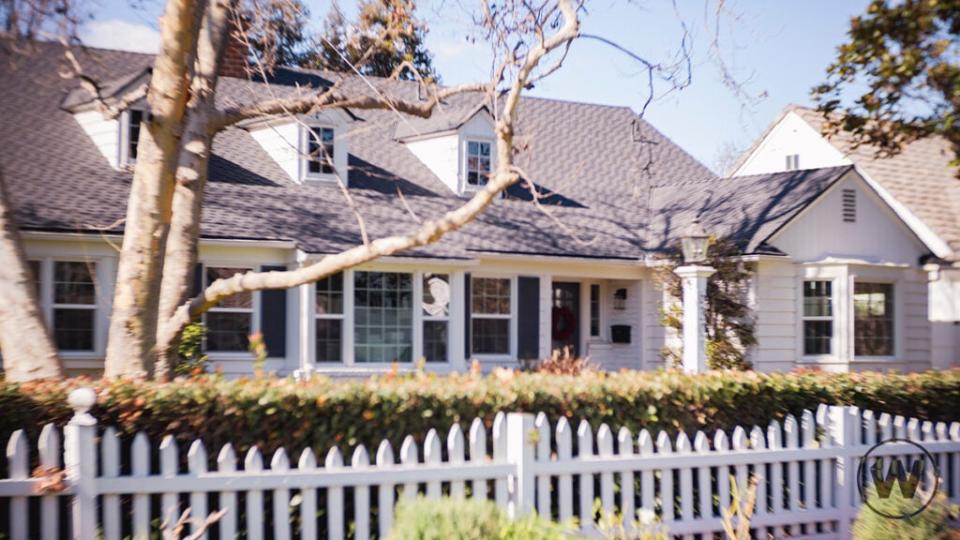
Both Midvale Estates and Cameron Woods are popular filming neighborhoods because they look like “Anywhere USA” and are not distinctly L.A. or Californian. Many residents are also supportive of filming here. Whether a home can attract filming often depends on the street that it’s on and the look of the home. But for those fortunate enough to have homes that have a certain look, renting them out can be a lucrative sideline.
One of Cressy’s clients on Langdon Avenue in Midvale Estates has generated hundreds of thousands of dollars for filming over about a decade without even actively soliciting the work, she said. Another home on Orion Avenue north of Victory Boulevard in the same neighborhood is used so often for filming that the owners don’t even live there.
“They have an agent that handles all the shoots for that house,” Cressy said. “That’s pretty commonplace for the big estates that like filming.”
But Cressy noted that there’s no guarantee that homes that have hosted filming in the past will secure filming in the future — and that income should never be promised to prospective home buyers.

Cameron Woods, which is located on a quarter-mile stretch of Orion Avenue between Victory Boulevard and Erwin Street, has its own association that tracks and monitors filming for its residents while enforcing rules to ensure it doesn’t create too much of an imprint on neighbors.
Residents directly around the home used for filming often get “inconvenience fees.” Crews can also pay to use neighbors’ driveways or front yards to support shoots nearby.
Compounding the regional decline in commercial shoots in Cameron Woods was that for about a year and a half, residents and productions were hampered by rules that allowed only one shoot here per week. The rules were imposed by the Los Angeles Police Department’s film unit and enforced by FilmLA following an especially heavy period of filming on this stretch of Orion Avenue in the summer of 2021, said Kern Konwiser, co-president of the Cameron Woods Association. Before then, filming there had just been monitored by FilmLA on an ongoing basis.
That new limit “put a lot of pressure on production companies,” added resident Howie Cohen. “They might come out and scout the street. They might find a house and fall in love [with it] but that week was taken. That was a big problem.”
The one-shoot-a-week restriction was recently lifted following a request from the neighborhood. Now, before a second shoot can take place within a week, FilmLA conducts a survey of affected residents to ensure they’re OK with it before approving it, Konwiser said. The association is now discussing having its own guideline of allowing up to five shoots a month.
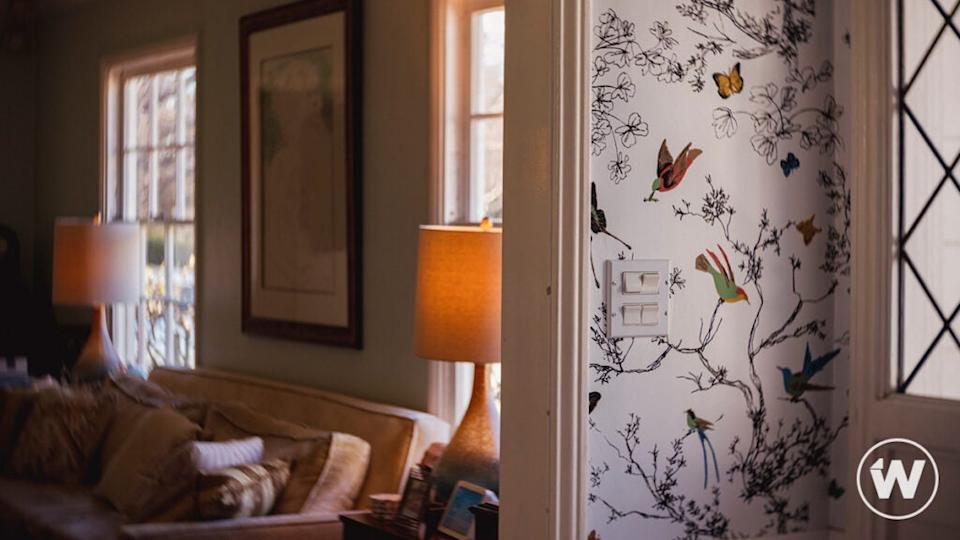
That would give film crews and productions more flexibility than the previous limit without exceeding this tiny neighborhood’s comfort level, said Cohen, a retired ad man who lives there. (If you remember the “I can’t believe I ate the whole thing” Alka-Seltzer ad, you’ve seen his work.)
“In some neighborhoods, you’ll see dozens of productions a year, and everyone’s OK with that,” said Philip Sokoloski, a spokesperson for FilmLA. “And others, you’ll see one or two and people will say that’s enough. So it really does depend on the level of support from the community. And not every neighborhood is the same.”
Cohen didn’t think much about filming, he said, until after he and his wife Carol moved into their home five years ago. In the first week, agents started knocking on his door asking if they could list the house for filming opportunities. The home, which was once used to shoot scenes for “Dynasty,” generates about $5,000 for them per commercial shoot day, he said. They charge extra to dedicate one of their bathrooms for exclusive use of the director or producer.
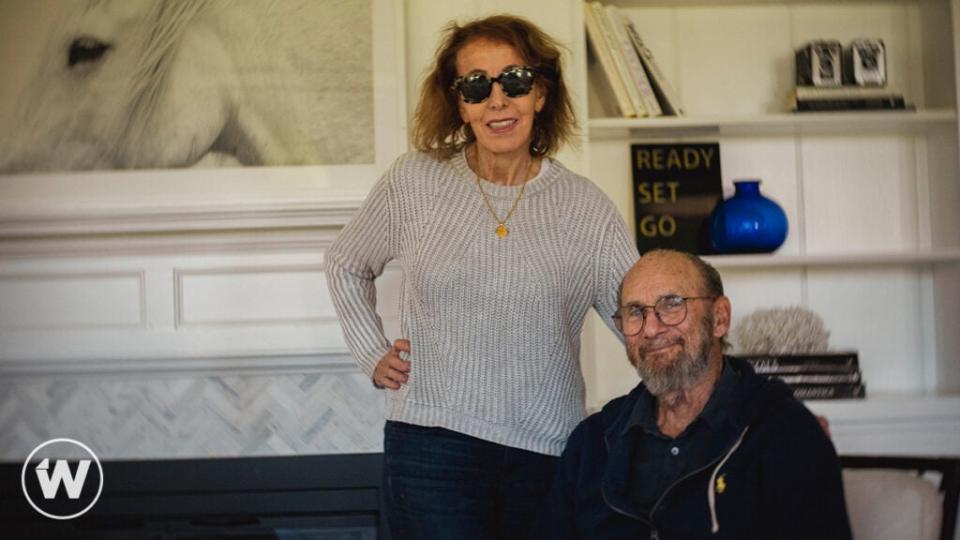
Anyone can rent out their home for filming up to 14 days a year tax-free, under IRS rules.
“It turns out it’s been a very desirable house and we’ve actually made some good money,” Cohen said.
They’ve also been put up in high-end hotels, including the Ritz in Marina Del Rey, during film shoots which has been “kind of glamorous,” he said.
But Cohen, who has also noticed the decline in activity, is eager to see more shoots here again and not just because of his neighborhood’s rich filming history.
“I’d like to get back to a reasonable amount of shooting,” said Cohen, who fortunately doesn’t need the extra money but certainly likes it. He and his wife recently visited Egypt with the help of that income. He thinks one shoot a week makes sense for the neighborhood: “We don’t want to look like a Hollywood backlot.”
Cohen used to go to people’s homes and shoot ads while working in advertising so the filming also keeps him “connected with show business,” he said.
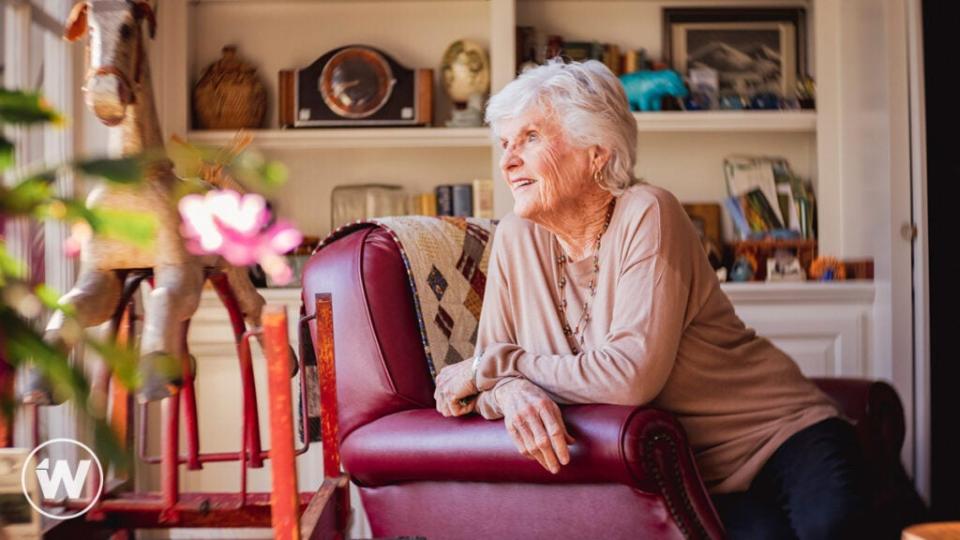
Gail Vanderhorst was initially skeptical when a location manager came knocking at her door 45 years ago in Midvale Estates asking if she would be interested in renting out their home for filming.
But she became hooked soon after when a Weed Eater commercial was filmed in her and her husband Hank’s ranch-style home on Langdon Avenue. Since then, the home has been featured in more than 150 other commercials, a few detective series and on the big screen in “Raising Helen,” “Accepted” and “Beethoven 3.”
“It’s lucrative,” said Vanderhorst, who supervises all the film shoots at her home and treats the work as a business. “It put [four] kids through private school.”
Vanderhorst said she and her husband Hank get paid anywhere from $5,000 to $10,000 per commercial shoot day — depending partly on whether they use the outside or inside of the home. Prep and strike days usually garner half that, she said.
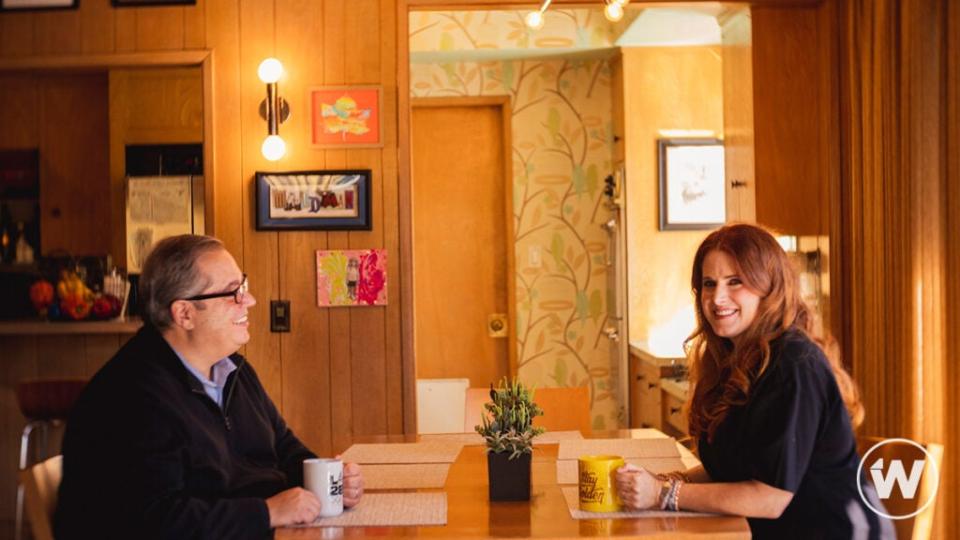
But Vanderhorst, whose home averages about four shoots a year, is neither feeling the regional decline nor particularly concerned about it.
“I don’t do it because I have to have the income,” Vanderhorst said. “If I had no more commercials ever again, it would be OK.”
For those who have grown accustomed to the extra money, some are hoping California will come to their rescue. Gov. Gavin Newsom proposed extending a tax credit for film productions, but it’s only good for feature film and television products. Waldman said California should also look at having a stand-alone commercial tax credit program like New York has to keep more commercial production in the state. In the meantime, neighborhoods where residents once worried about too many cameras on the street may fret about whether or when commercial production will pick up again.
“I know sound stages are completely booked so that’s a benefit for on-location shooting,” Waldman said. “But at the end of the day, there’s only so much money companies are willing to pay for filming.”
Also Read:
The ‘Leave It to Beaver’ Street Is Looking More Like Today’s LA

